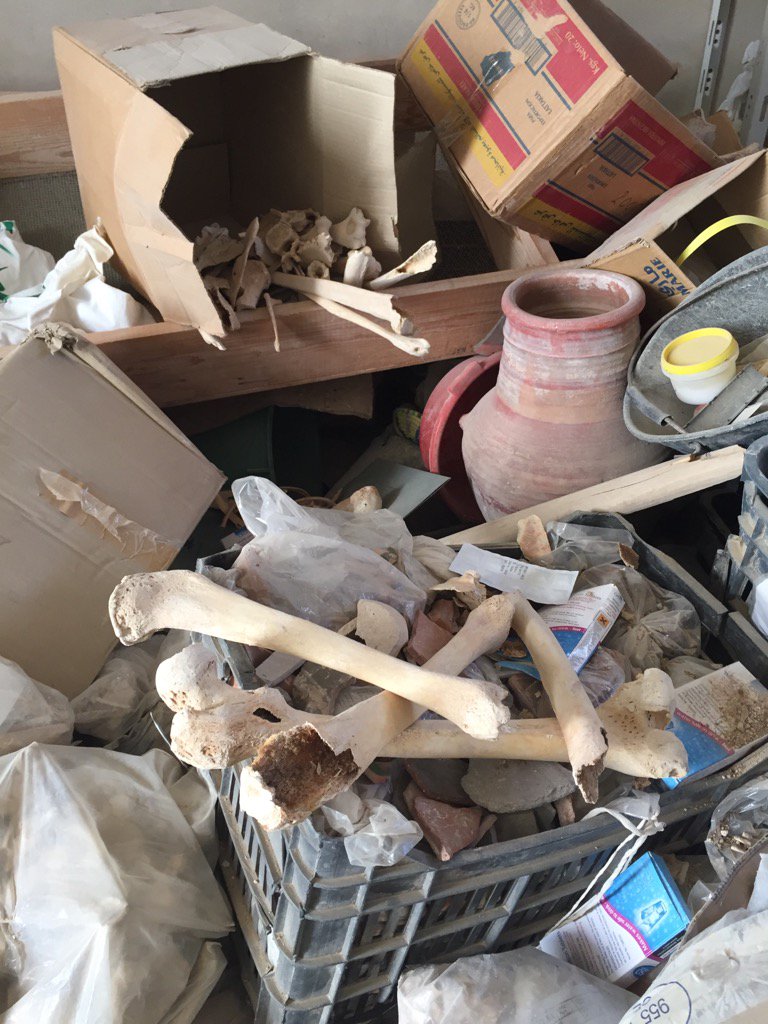GAO Report: Federal Government Paid $136.7 Billion in Improper Payments
IndependentJournal: The United States federal government spent $136.7 billion in improper payments last year, according to a new report from the Government Accountability Office.
In the report released Wednesday, the GAO outlines how 121 different government programs doled out a record amount of improper payments, according to 22 different agencies.
The report further notes that only three programs accounted for three-fourths of the improper payments:
“While these 121 programs span various agencies across the federal government, improper payment estimates for Medicare, Medicaid, and the Earned Income Tax Credit accounted for more than 76 percent of the governmentwide estimate…”
According to the GAO, $32.3 billion, or 23.6 percent, of the improper payments were from other government programs.
Source: GAO
This is just the latest report of improper payments, which remains an increasing problem. Since 2003, the GAO has reported the cumulative increases, which have risen more than $100 billion in the past 13 years.
The GAO wants to curb the massive streak of improper payments. Their report included specific suggestions:
“[The GAO has] identified various strategies and recommendations that could help to reduce improper payments in these key programs, including requiring states to conduct audits of payments to and by Medicaid managed care organizations.”
The report also claims that efforts are under way to address the various problems, but there is still a long way to go.
“Until the federal government has implemented effective processes to determine the full extent to which improper payments occur and has taken appropriate actions across entities and programs to effectively reduce improper payments, it will not have reasonable assurance that the use of federal funds is adequately safeguarded,” the report noted.
A report was produced in 2014 where millions were paid to federal employees to stay home and not work.
Examiner: The federal government has shelled out more than $700 million in paid leave to more than 57,000 employees who were home from work for time periods stretching from one month to three years, a Government Accountability Office report has found.
In a 62-page report published Monday, the GAO analyzed why so many federal employees were home and getting paid for such long periods of time and they discovered a variety of reasons.
In many cases, employees were home awaiting the outcome of investigations into alleged misconduct and criminal actions. Some racked up paid leave for “physical fitness activities,” and others were away from work seeking professional development. Employees also took paid leave for “recuperation” from overseas work.
Hundreds of federal employees remained at home, collecting a paycheck, for years.
If you are so inclined to go deeper, how about this well researched summary noting the collusion and blurred lines of federal employees working on official time versus union time. Thanks to Capital Research for this one.
Summary: Few Americans are aware that, through their tax dollars, they finance labor unions through a practice known as “official time” or “release time.” The cost to taxpayers is skyrocketing, while—thanks to Obama administration stonewalling—accountability is declining. Fortunately, reformers are working to rein in this costly, corrupt practice.














